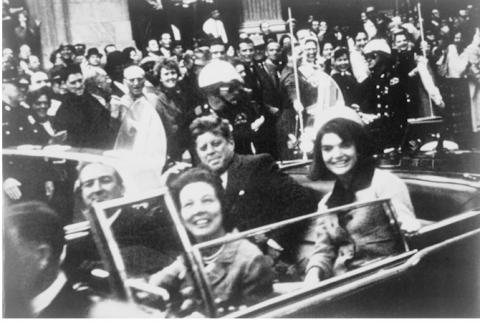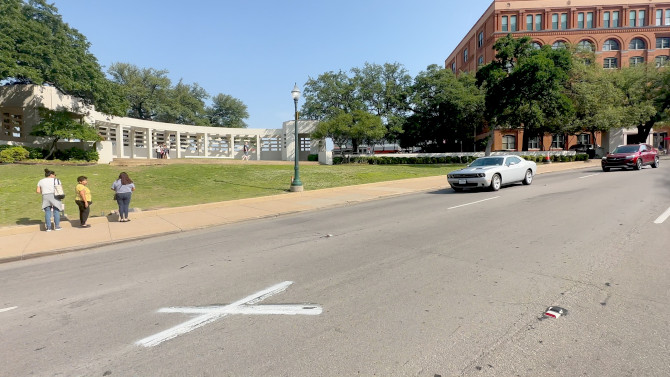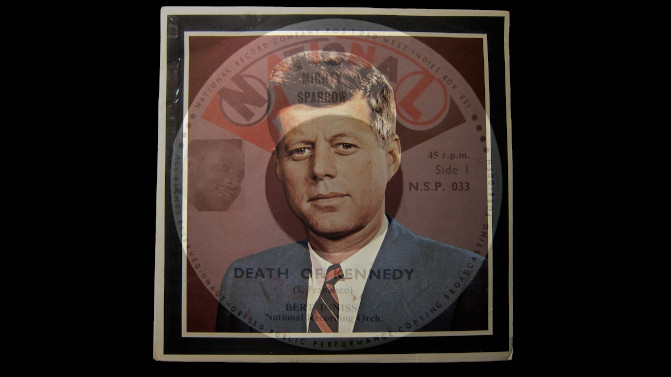‘Down in Dallas Town’ Explores JFK’s Tragic Death and Its Aftermath 60 Years Later

Sixty years later, the wound of President Kennedy’s death still haunts Americans. For some, it symbolizes the erosion of American decency, while for others, it's the root of their distrust in institutions, an issue that continues to afflict the American populace. To grasp its impact, one must delve into the cultural context surrounding that fateful event. Fortunately, the foundation of 20th and 21st-century American art often leads back to Dallas, Texas, in 1963. This is where Alan Govenar's documentary, Down in Dallas Town: From JFK to K2 (First Run Features) begins its narrative.
Govenar's film explores public memory in Dallas six decades after Kennedy's assassination. Filmed almost entirely in Dallas, it delves into the aftermath of the assassination and its enduring influence on contemporary American issues, including conspiracy theories, gun violence, homelessness, and drugs—all of which can be traced back to that original tragedy of November 22, 1963. His thesis is vast, though, as any historian would tell you, such comprehensiveness isn't always a good thing.

What I found truly commendable about Alan Govenar's approach was his emphasis on primary sources. While many have chronicled the people who witnessed the events of that day firsthand, the aftermath often goes overlooked. Six decades later, those individuals can still vividly recall the gunshots as they approached Dealey Plaza. Govenar's intellectual curiosity in focusing on the people, rather than the event itself, demonstrates a genuine appreciation for the discipline of historical scholarship.
Narratively, Govenar's thesis is most compelling when he directs his lens toward the ordinary citizens of Dallas going about their daily lives. What he captures is the ongoing motion of American society. In every corner of Dallas, people remain divided, and everyone has a story to share about Kennedy. This approach creates a haunting portrait of the lingering trauma that pervades the streets of Dallas.

However, Down in Dallas Town is not without its flaws. Throughout the film, musical recordings are used as transitions when Govenar shifts from one societal issue to another. While each song—be it rock, blues, gospel, or calypso—shares JFK as a common subject matter, the intended effect is to convey the enduring pain caused by the assassination and contrast it with today's issues. Unfortunately, these interludes tend to halt the film's momentum.
For history enthusiasts, there is much to appreciate in Down in Dallas Town. One particular sequence involving a Polaroid picture taken on November 22, 1963, by a woman named Mary Ann Moorman is worth the price of admission alone.

Alan Govenar's narrative didn't fundamentally reshape my understanding of the cultural response to President Kennedy's assassination. As a narrative and historical exercise, it doesn't fully coalesce, and perhaps that's intentional. Individuals, especially historians, often spend so much time looking at the past that they forget to consider the future. History is not just the story of where we were; it's about exploring where we are now and how we got here to make sense of our existence—a distinction Govenar understands better than most.
Author Bio:
Ben Friedman is a contributing writer and film critic at Highbrow Magazine.
For Highbrow Magazine
Photo credits: Victor Hugo King (Public domain, Wikimedia.org, Creative Commons); First Run Features































































































































































































































































































































